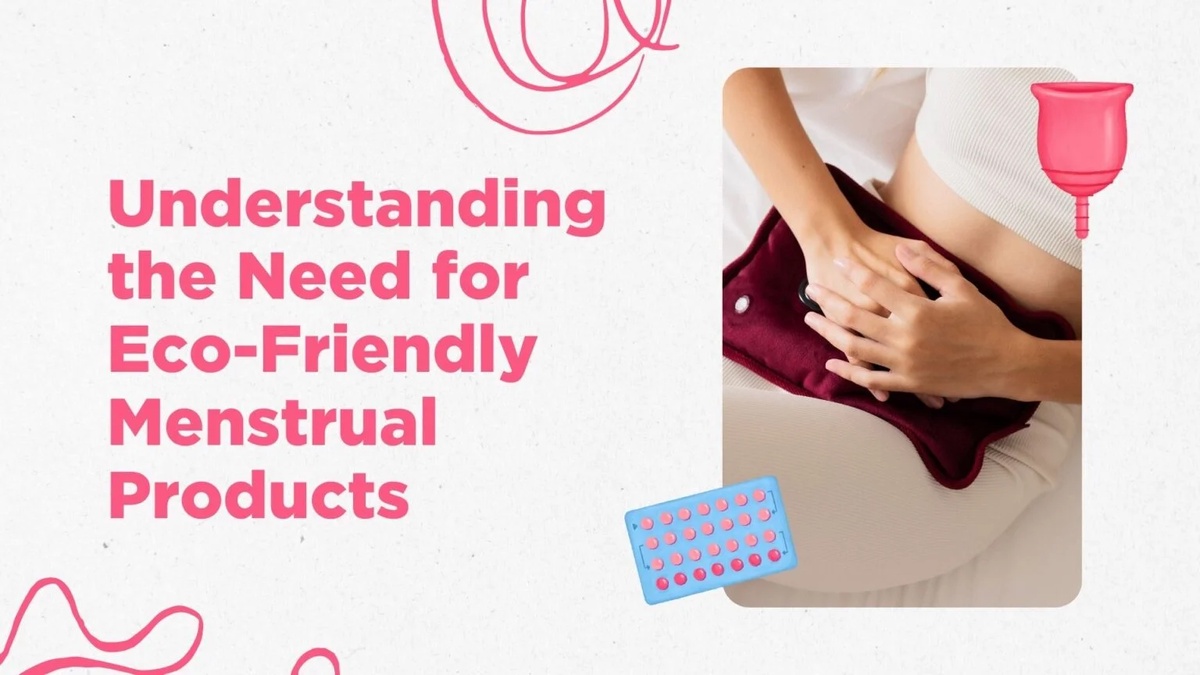Introduction
In this comprehensive guide, we delve into the world of diapers and menstrual pads, exploring everything from the delicate needs of newborns to the menstrual hygiene concerns of teens. Choosing the right products for these different stages is crucial for comfort, health, and environmental sustainability.
Diapers for Newborns
Newborns have unique diaper needs, requiring gentle materials and specialized sizing. Look for diapers with soft, hypoallergenic fabrics and a snug fit to prevent leaks and discomfort. Additionally, consider options designed specifically for newborns to accommodate their delicate skin and frequent diaper changes.
Diapers for Infants
As infants grow, their diaper requirements evolve. Opt for diapers with features such as wetness indicators and flexible leg cuffs to provide maximum comfort and protection. Choosing the right size is essential to prevent leaks and ensure a secure fit as your baby becomes more active.
Diapers for Toddlers
Transitioning to toddler diapers marks a significant milestone in your child's development. Look for diapers with enhanced absorbency and stretchy waistbands to accommodate their growing movements. Potty training-friendly designs can also aid in the transition from diapers to underwear.
Menstrual Pads for Teens
For teenage girls, menstrual hygiene is an important aspect of their overall well-being. Educate teens about their options, including pads with different absorbency levels and sizes to suit their flow. Comfortable, discreet, and breathable pads can help them feel confident and prepared during their menstrual cycle.
Choosing the Right Size
Selecting the correct size is crucial for both diapers and menstrual pads. Using products that are too big or too small can lead to leaks, discomfort, and skin irritation. Refer to sizing charts provided by manufacturers and consider your child's weight and age when making your selection.
Absorbency Levels
Understanding absorbency ratings is essential for ensuring adequate protection against leaks. Diapers and pads are typically available in different absorbency levels to accommodate varying needs. Choose products with higher absorbency for overnight use or heavy flow days, and opt for lighter options for daytime use.
Eco-Friendly Options
For environmentally conscious parents and teens, eco-friendly diaper and pad options are becoming increasingly popular. Look for products made from sustainable materials such as organic cotton, bamboo, or biodegradable materials. These options reduce environmental impact without compromising on performance.
Diaper Rash Prevention
Preventing diaper rash involves maintaining good hygiene practices and choosing gentle, breathable diapers. Change diapers frequently, cleanse the diaper area gently with mild wipes or water, and allow the skin to air dry before applying a barrier cream. Avoid products with harsh chemicals or fragrances that can exacerbate irritation.
Menstrual Education
Open communication and education are key to destigmatizing menstruation and empowering teens to manage their periods confidently. Provide comprehensive information about menstrual hygiene, including proper pad disposal and menstrual cycle tracking. Encourage discussions about menstruation to foster a supportive and informed environment.
Disposal and Environmental Impact
Proper disposal methods for diapers and menstrual pads are essential for minimizing environmental impact. Dispose of used products in designated bins or consider eco-friendly disposal options such as compostable or biodegradable products. Additionally, explore reusable cloth diaper and pad options as sustainable alternatives.
Conclusion
Choosing the right diapers and menstrual pads is essential for the comfort, health, and confidence of both infants and teens. By understanding their unique needs and exploring a range of options, parents and teens can make informed decisions that promote well-being and sustainability.
FAQs
-
What are the best diapers for newborns? Newborns have delicate skin, so choosing diapers with hypoallergenic materials and a soft, breathable design is essential. Brands like Pampers Swaddlers or Huggies Little Snugglers are often recommended for their gentle touch and reliable leak protection.
-
How often should I change my baby's diaper? Newborns may need to be changed as often as every 2 to 3 hours, as they have small bladders and frequent bowel movements. As your baby grows, you can expect to change diapers less frequently, typically every 3 to 4 hours during the day.
-
Are cloth diapers better for the environment than disposable diapers? Cloth diapers can be a more environmentally friendly option, as they are reusable and reduce the amount of waste sent to landfills. However, they require more water and energy for washing and may have a higher upfront cost compared to disposable diapers.
-
Can menstrual pads be flushed down the toilet? It's not recommended to flush menstrual pads down the toilet, as they can cause blockages in plumbing systems and contribute to environmental pollution. Instead, wrap used pads in biodegradable or compostable bags and dispose of them in designated bins.
-
How do I talk to my teen about menstruation? Approach the conversation with openness, honesty, and sensitivity. Provide age-appropriate information about menstruation, answer any questions they may have, and reassure them that it's a normal part of growing up. Encourage open communication and offer support as they navigate this new experience.
-
Are eco-friendly menstrual pads as effective as traditional pads? Yes, many eco-friendly menstrual pads offer comparable performance to traditional pads in terms of absorbency and leak protection. Look for options made from natural, biodegradable materials such as organic cotton or bamboo fibers, which are gentle on the skin and environmentally sustainable.


No comments yet